The Mines is one of the three prongs of the Mike DeVries golf trail in the Grand Rapids area. This one is actually in Grand Rapids, only a few minutes from downtown. It's on an old gypsum mine, which kicked up a lot of sand and gave DeVries an opportunity to build some flashy holes, especially for such an otherwise modest course. The property is very good generally; hilly, but not too severe. Except for the high tension power lines that bisect the property, it’s an ideal site for a golf course.
The first is a medium length par 4 to a saddle-shaped and somewhat narrow fairway, but which opens up as you approach the green. The green is tough, with a huge false front on the right side. Fortunately, the surface is large enough that you should be able to get it and keep it up there. The second also plays to a saddle-shaped fairway—I get the sense that the first and second were routed over ridges, which DeVries massaged (i.e. bulldozed) into saddles. In any case, they're both attractive and challenging driving holes. The approach sets up best from the left, requiring you to skirt the fairway bunker on the left.
The first is a medium length par 4 to a saddle-shaped and somewhat narrow fairway, but which opens up as you approach the green. The green is tough, with a huge false front on the right side. Fortunately, the surface is large enough that you should be able to get it and keep it up there. The second also plays to a saddle-shaped fairway—I get the sense that the first and second were routed over ridges, which DeVries massaged (i.e. bulldozed) into saddles. In any case, they're both attractive and challenging driving holes. The approach sets up best from the left, requiring you to skirt the fairway bunker on the left.
The par 4 third has an attractive drive over a patch of attractive long blue grass to a rolling fairway that slopes to the right. The green is a DeVries special; built on a plateau with severe drop-offs into the woods left and long. But a miss short isn’t too bad that the fairways weren’t cut tight enough for a shot missed left to run too far away.
After an uphill/sidehill short par 4, we have an unfortunately long walk to reach the fifth tee. The fourth green and fifth tee are actually close to each other, but all traffic is routed though a tunnel 100-some yards to the left by the first tee. The very long par 5 fifth has attractive sand dunes down the left, but isn’t too interesting unless you’re playing with a right-hander who slices, in which case you might get to see them take out a windshield on the road down the right.
The sixth is an interesting medium length par 4, doglegging slightly right and running up hill to a green fronted by three bunkers short left and one short right. This would be a very attractive hole too if it weren’t for the power lines running down the right side and framing the approach to the green.
The back-to-back par 3s seven and eight are the strength of the front nine. The seventh is medium short with a green angled from front-right to back-left at the base of a dune. The short eighth plays over a grassy, sandy bowl to a green perched over two bunkers and more sandy waste area. DeVries was really smart to build back-to-back two par 3s here because the land is very attractive for golf, but too severe to build a long hole without bulldozing the features that make the land interesting.
The medium length par 4 ninth has a very wide fairway and the most heavily bunkered green on the course at the base of the clubhouse. After another medium length par 4, we come to the par 3 eleventh, which is actually two holes. This hole has two sets of tees that create angles 90 degrees apart into its north-south oriented deep, but shallow green. For some reason, I forgot to take a picture of either angle, but the longer north-facing tees play down the length of the green and the shorter west-facing tees into its shallow aspect. There’s a severe drop off on the east side of the green, which I think makes the tee shot from the south tees too difficult (we played the west, into the slope).
We cross under the power lines for the next six holes, which is the strongest stretch on the course. The part 4 twelfth isn’t the most interesting from tee-to-green, but the green is excellent; wavy, with a tier back-right and bowls front-left and back-right. The long par 4 thirteenth is, along with the sixteenth, the course’s most difficult hole. It goes gradually uphill around two fairway bunkers to a green built up from its down-sloping surroundings. I would have preferred the green for such a long, difficult hole to be built at grade-level, but this would have left a blind shot (not a problem for me, but not the best thing on a public golf course).
The par 4 fourteenth is a beauty, with a big, rolling fairway with a high right and low left side. You have to keep it short of a big bunker left that cuts off the fairway. The green sits on the natural grade and might be the course’s best, with a flat left side and sloping continuously right down the hill. This green might be close to unplayable at high speeds, but that wasn’t an issue in the summer of 2019.
The short par 3 fifteenth plays to a wide green that effectively plays shallow because of a tier running left-to-right through the middle. Getting the ball to and keeping it on the back tier is very difficult. Speaking of very difficult, the long, uphill par 4 sixteenth has three fairway bunkers right where you’d like to drive it. But if you can’t carry them, there’s plenty of room to play around them to the left (lengthening the hole, of course). Like the fourteenth, this green appears to sit right on the natural grade and is beautiful. It slopes continuously off to the front left but again, the ball won’t run too far away.
The Mines is an excellent course and pairs nicely with the other two Grand Rapids prongs of the DeVries golf trail—not to mention a few beers and dinner at the nearby Founder’s Brewery. I’d have it a bit behind Diamond Springs and Pilgrim’s Run because it doesn’t have the great holes of the former and the strategy of the latter. But we shouldn’t necessarily compare every course to the best (among which those are), especially when they’re so close to highly populated areas and have low green fees, like this one. It’s a terrific course to have in your backyard and golf in the US would be much healthier if there were more like it. If The Mines were in southeastern Michigan, it’d easily be one of the top three public courses—out of at least 100.
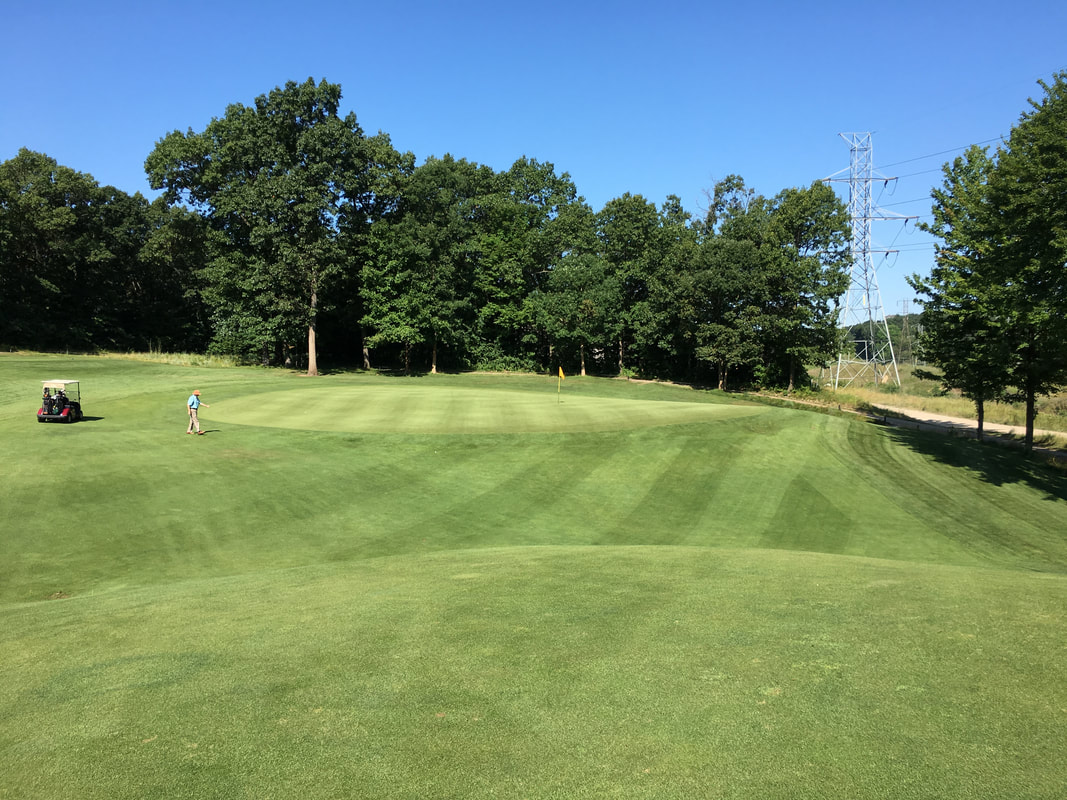
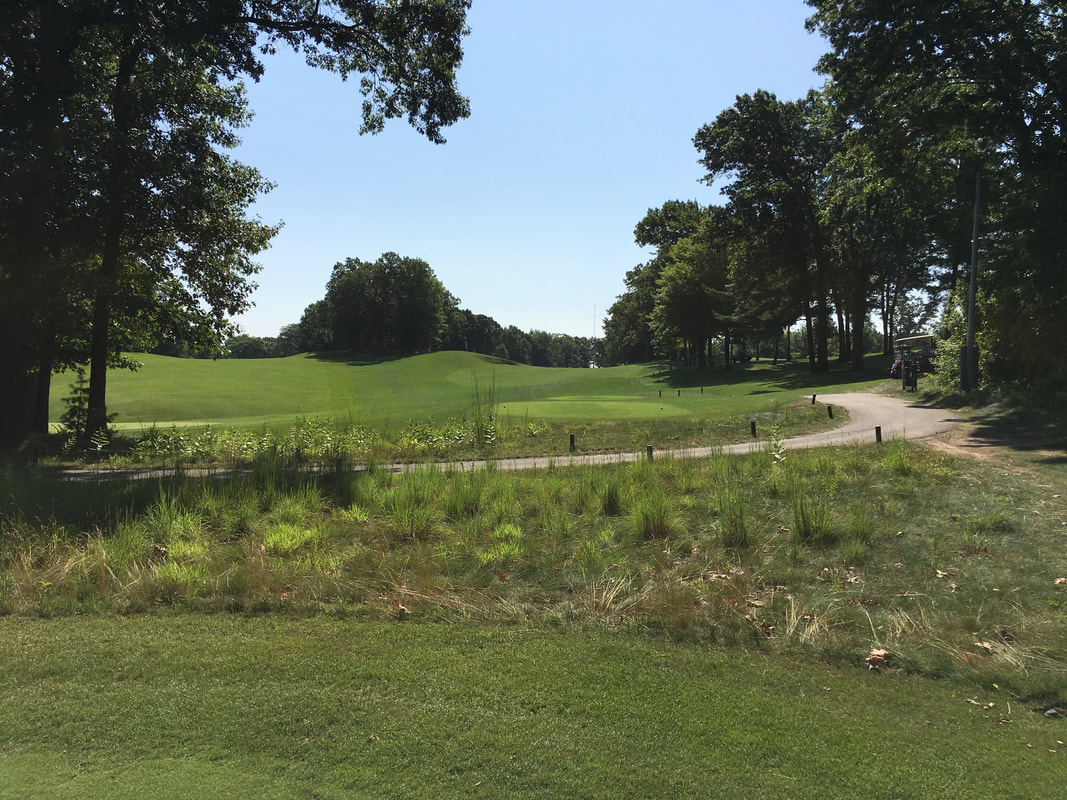
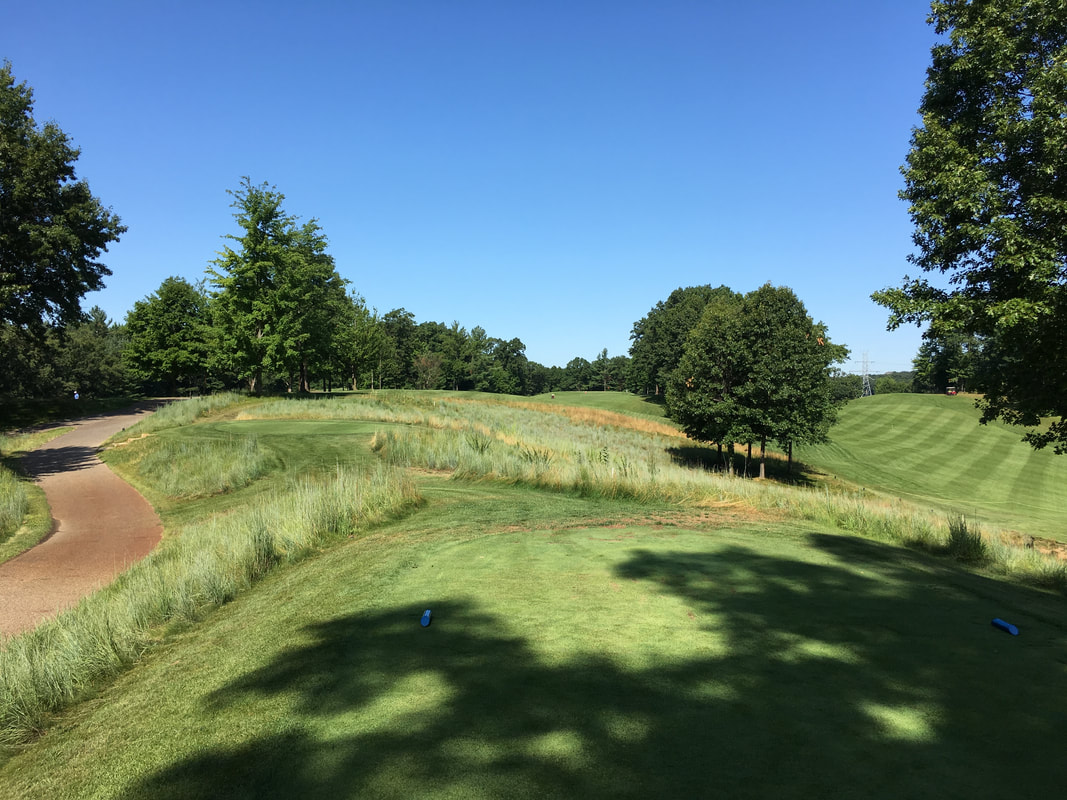
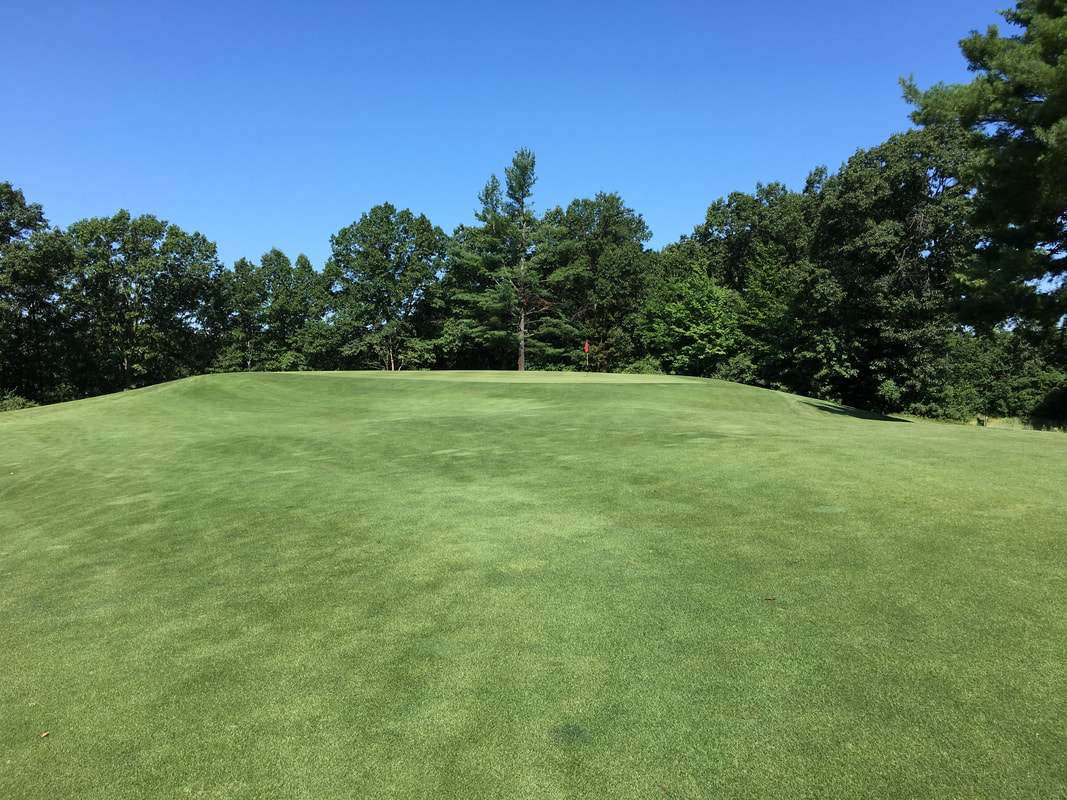
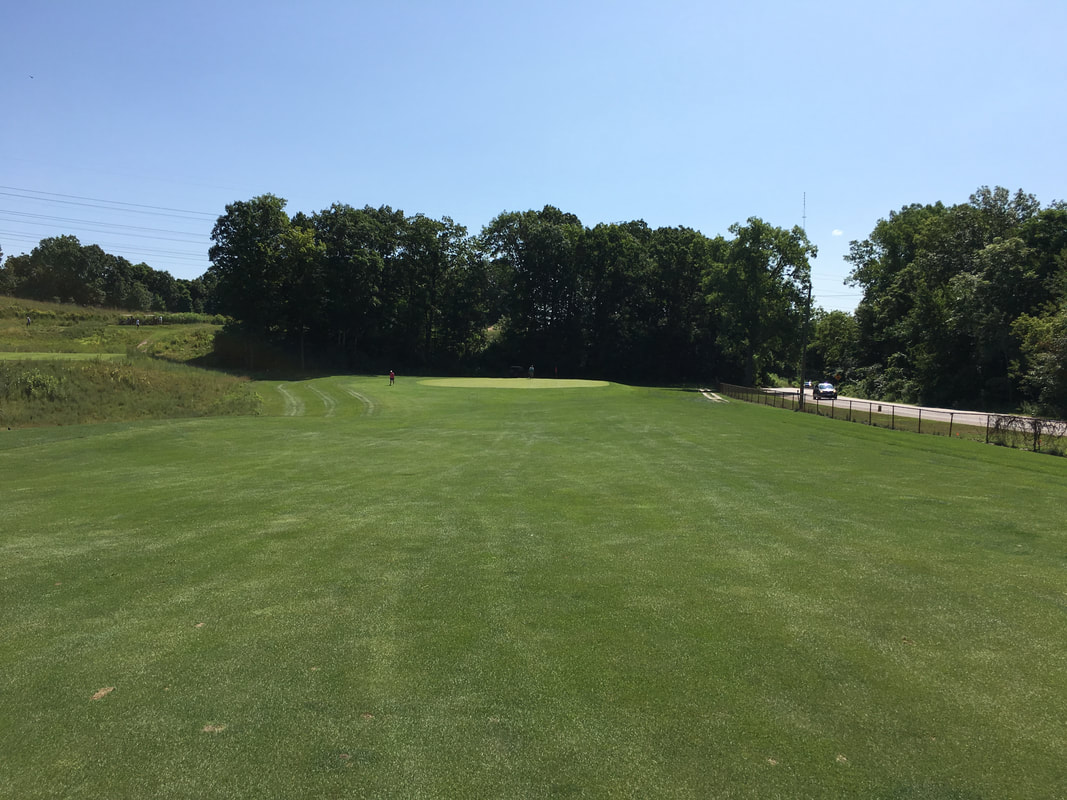


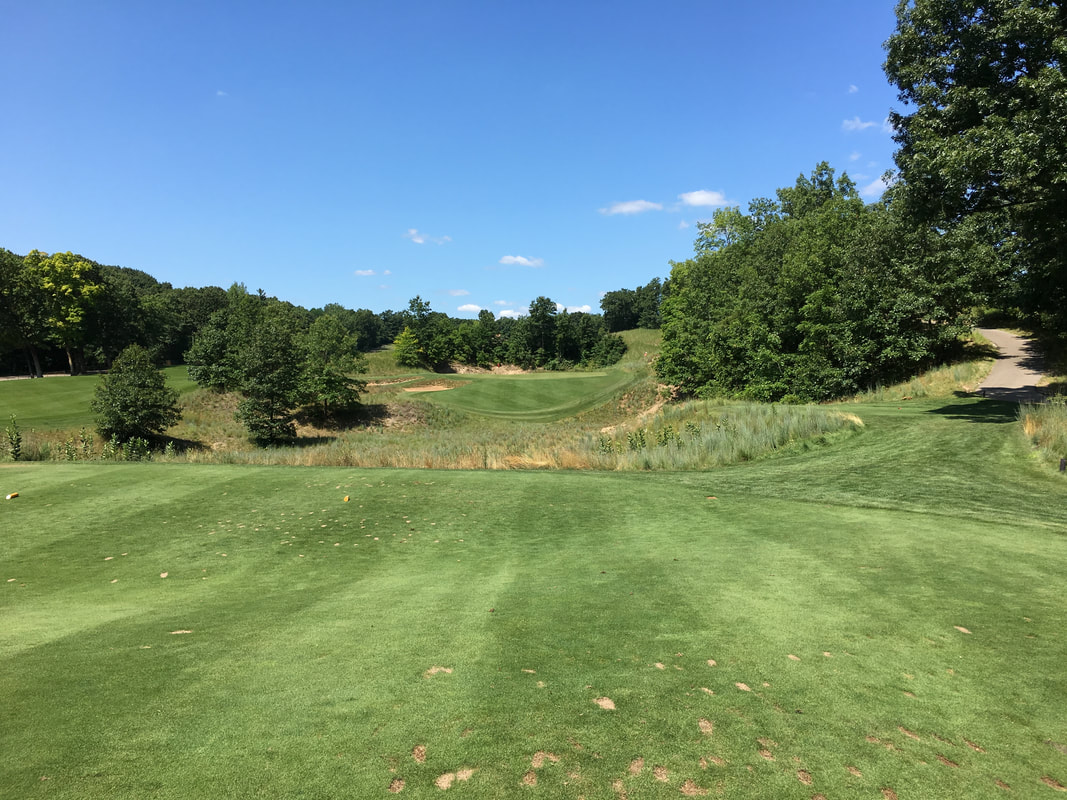
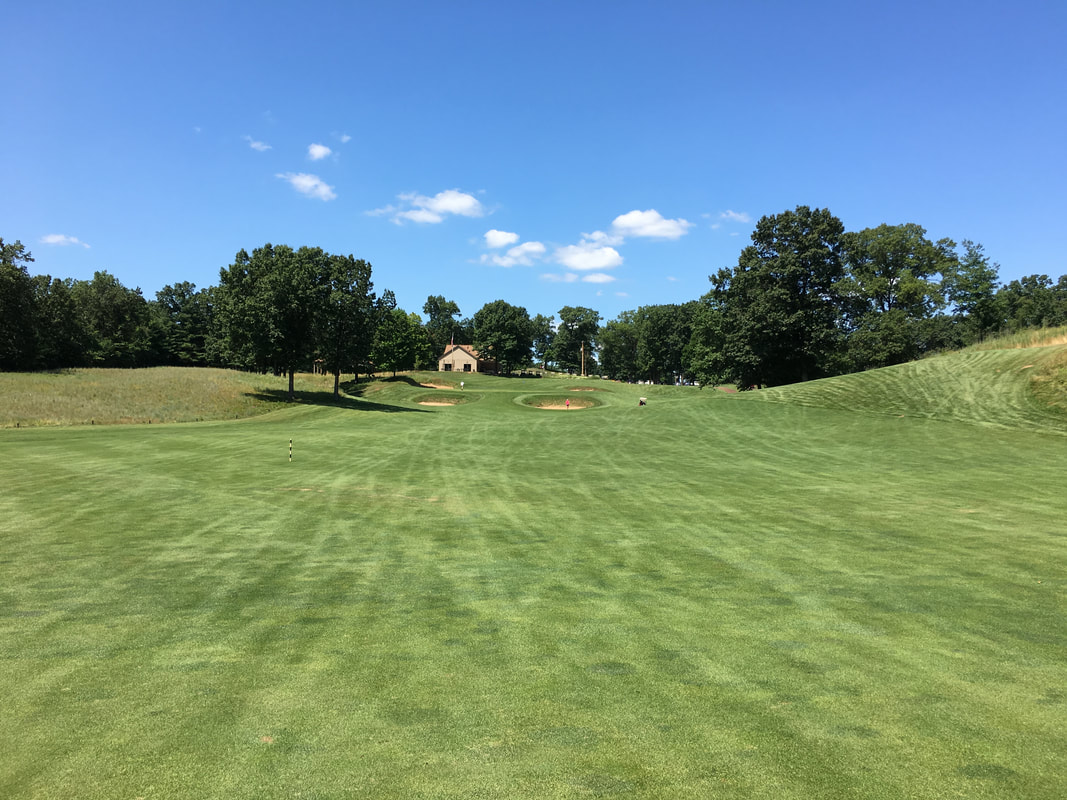
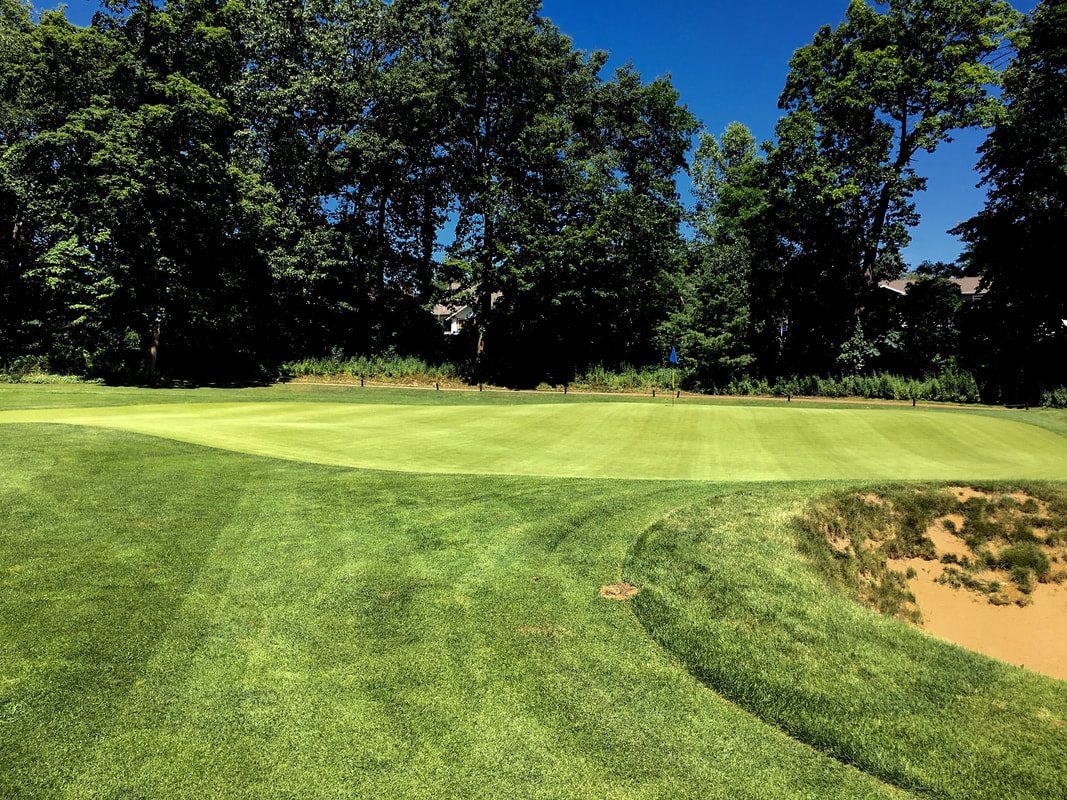
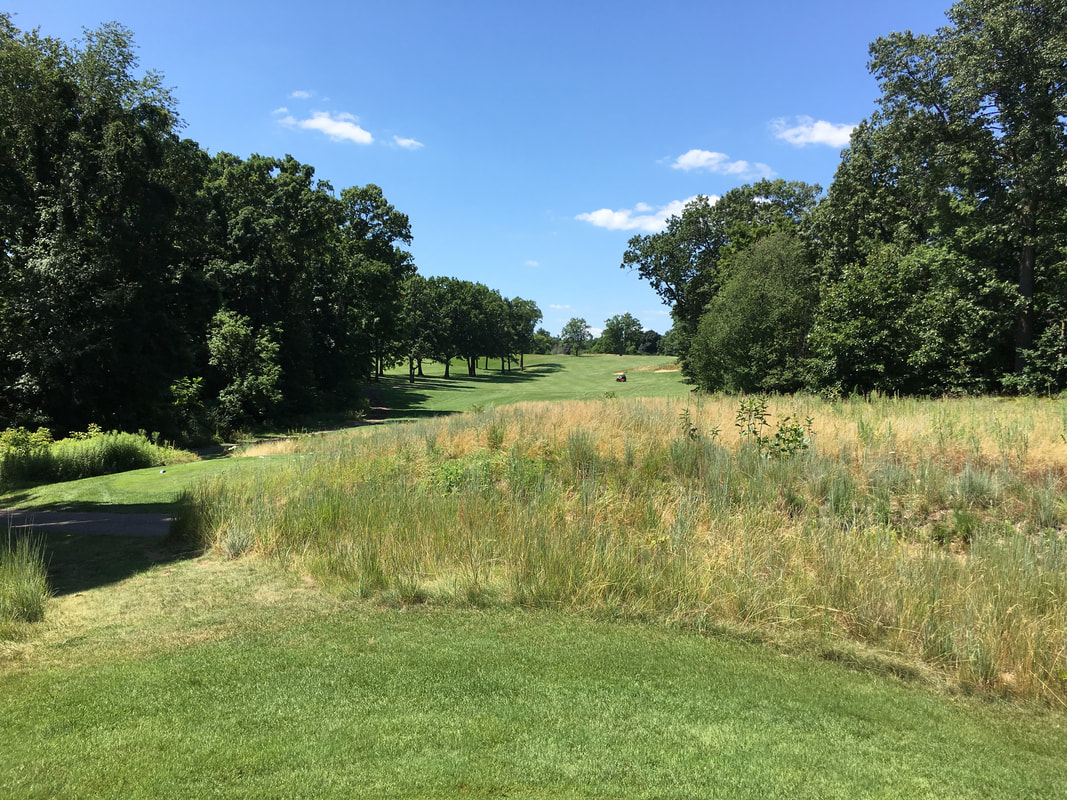
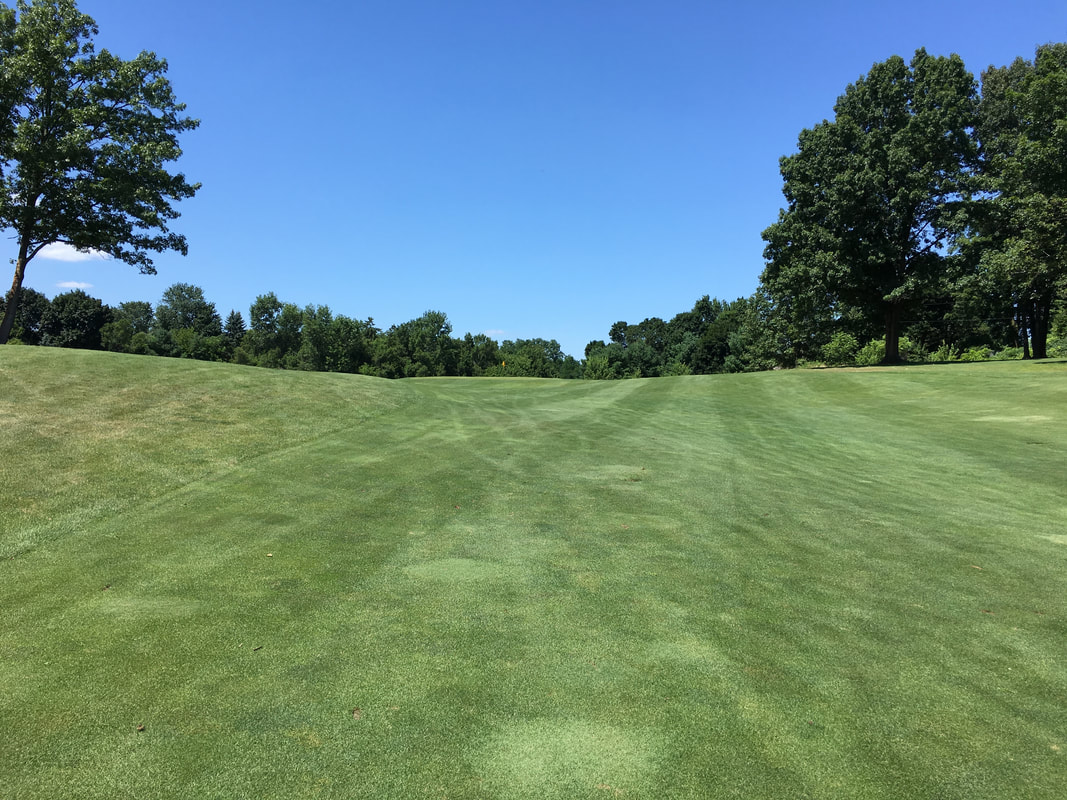
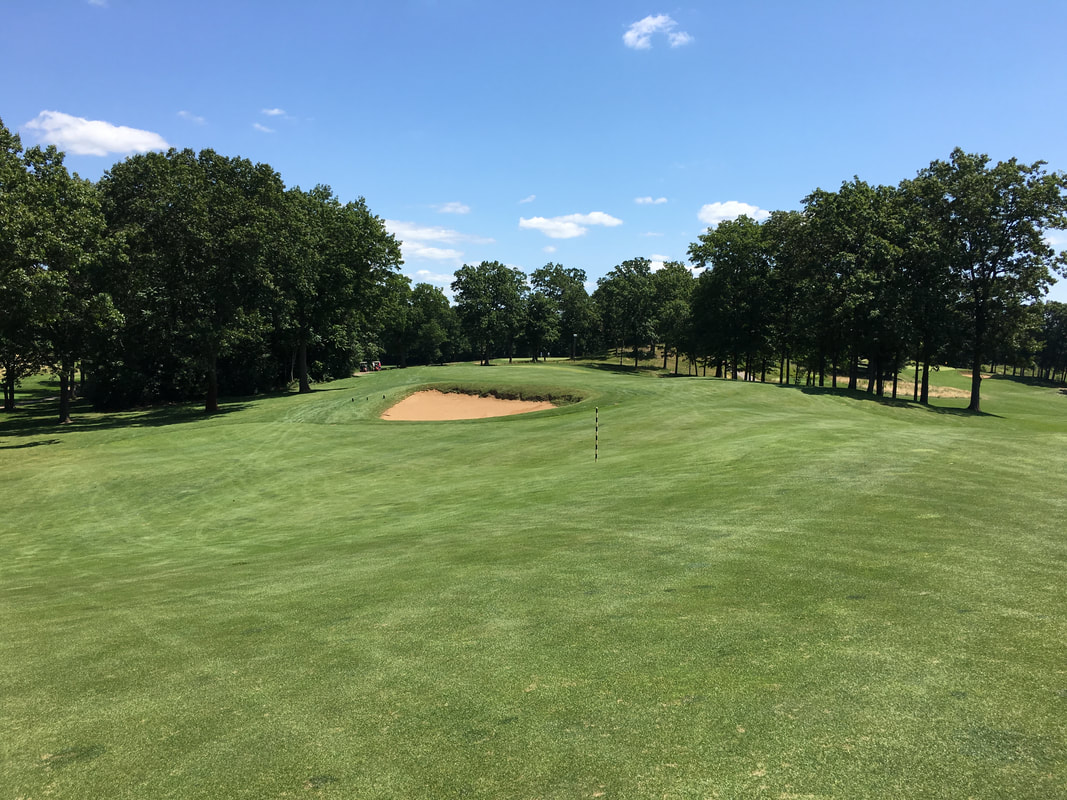

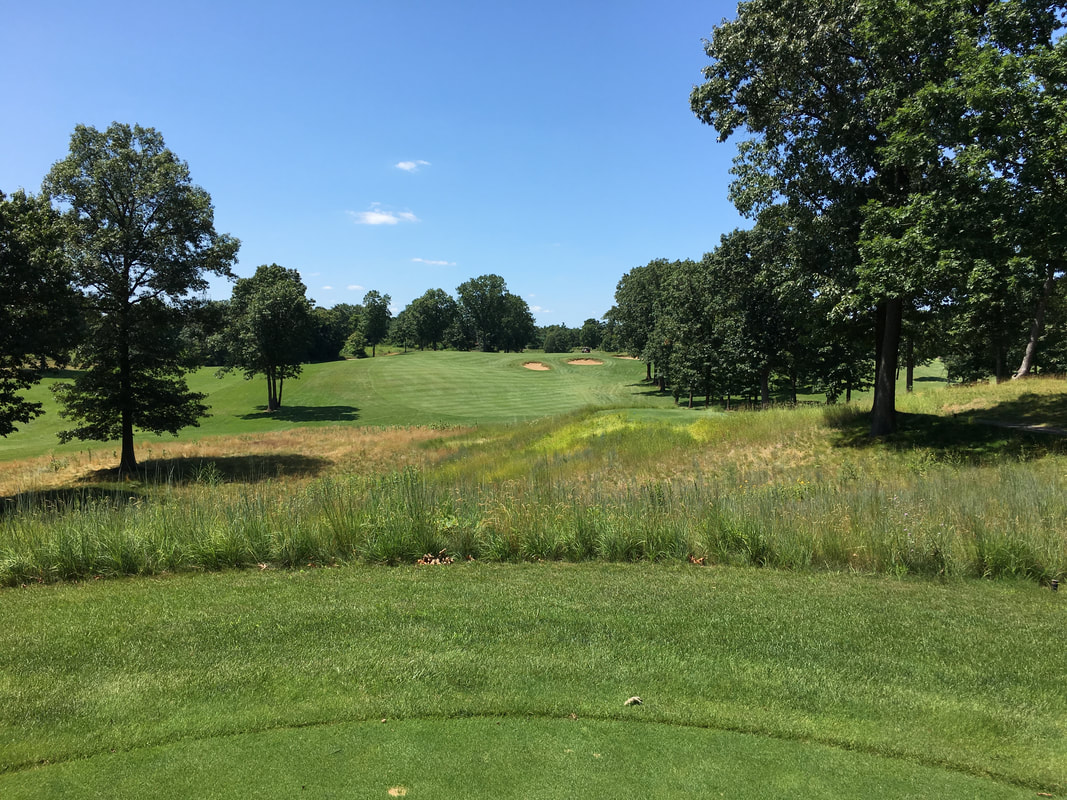


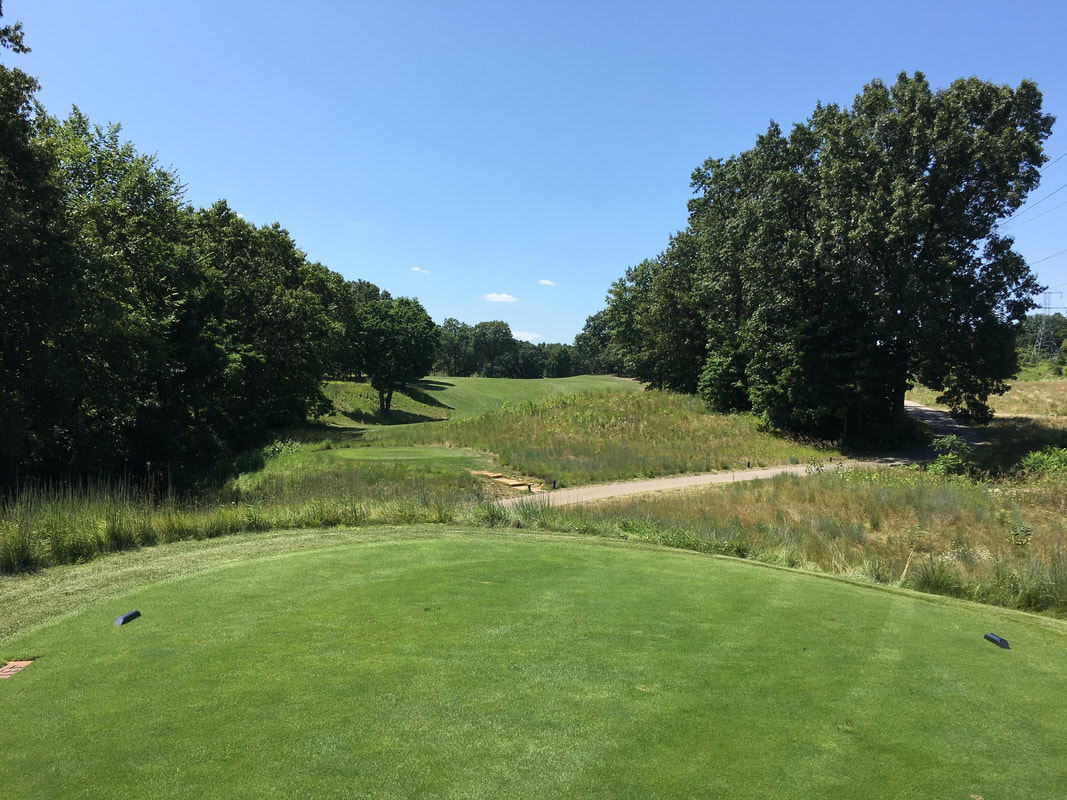
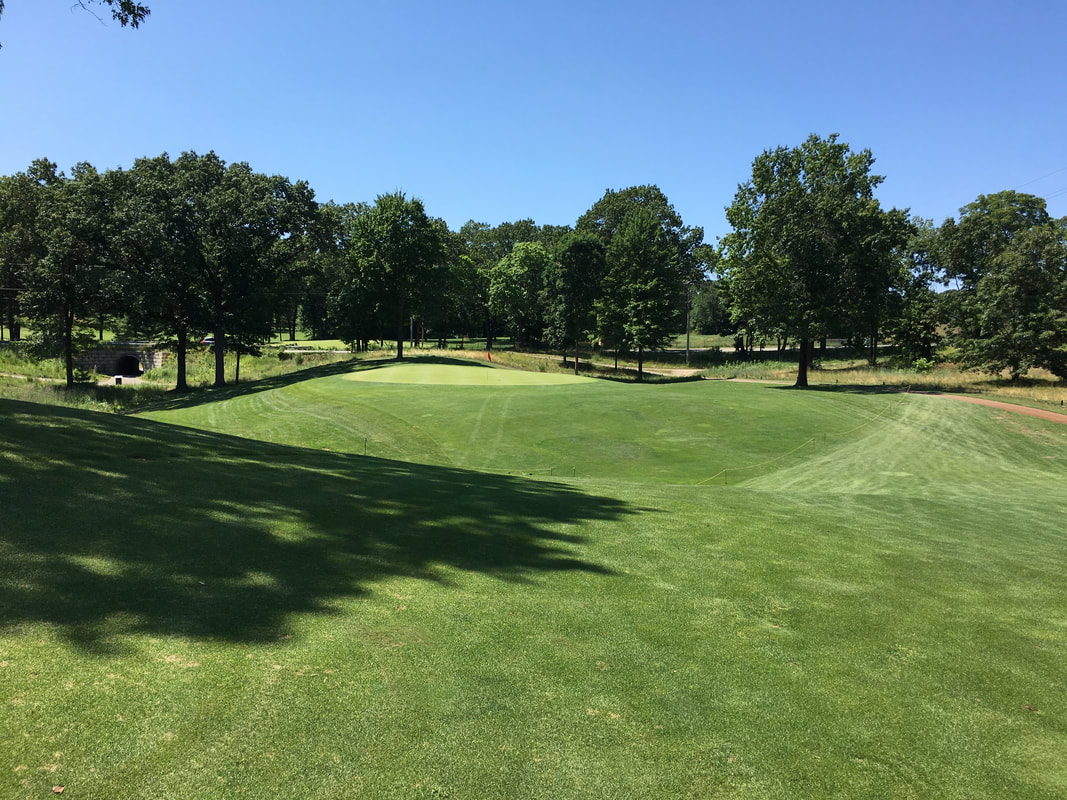
 RSS Feed
RSS Feed